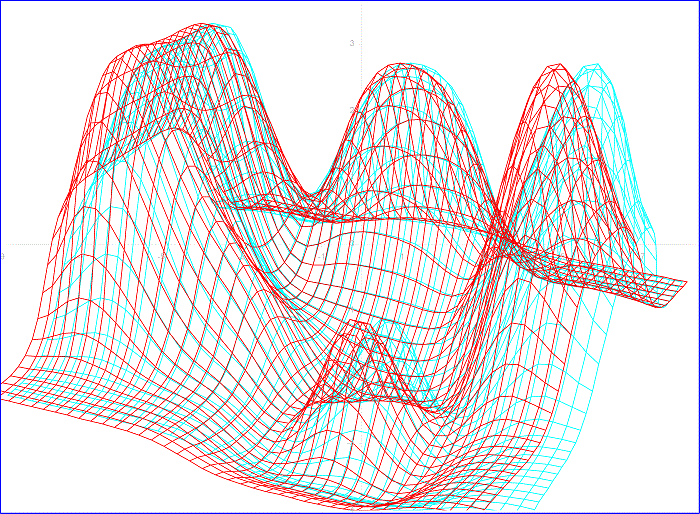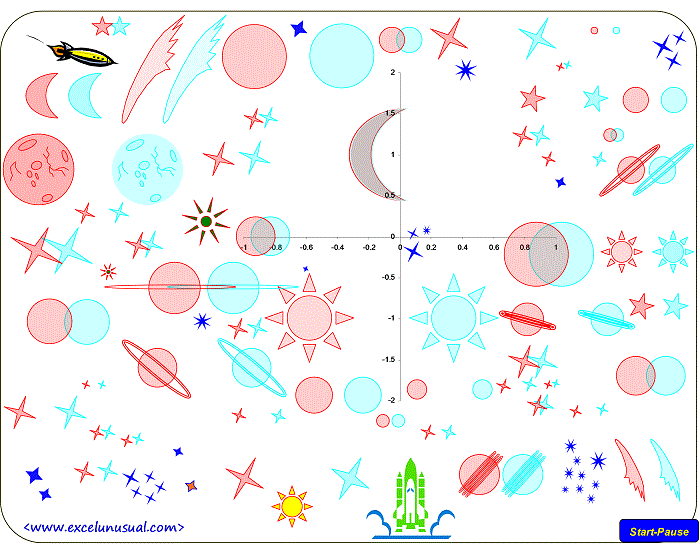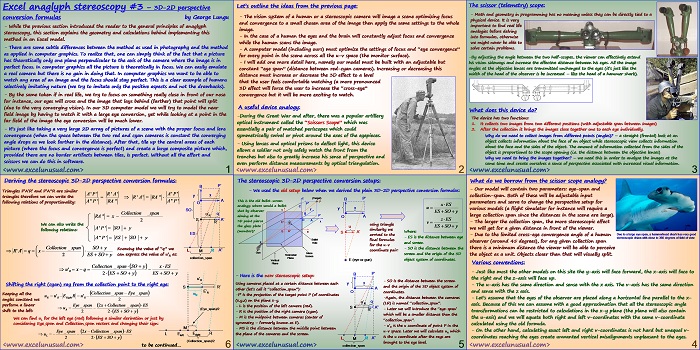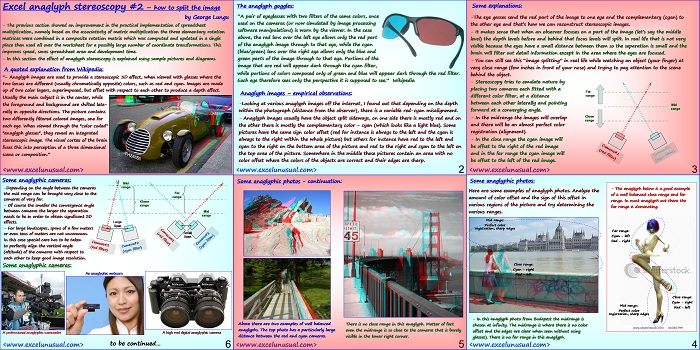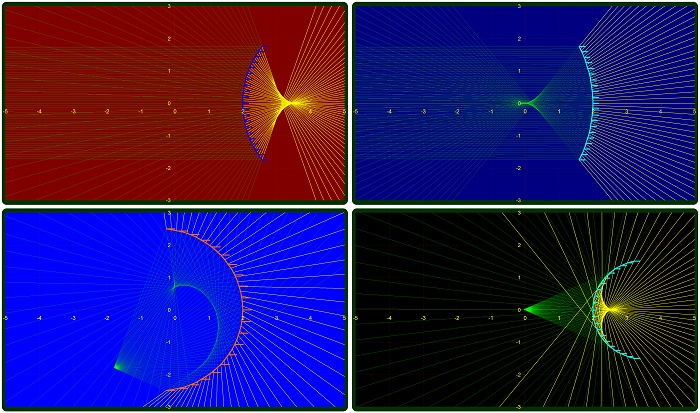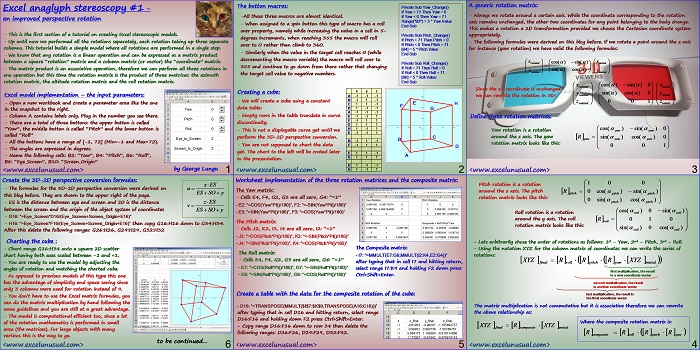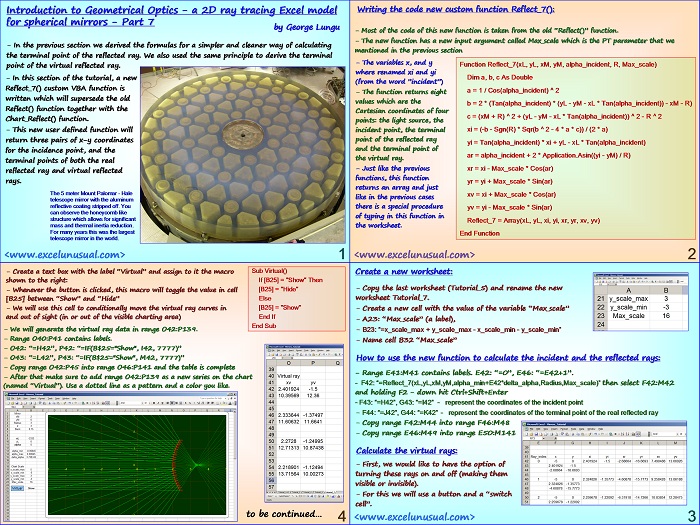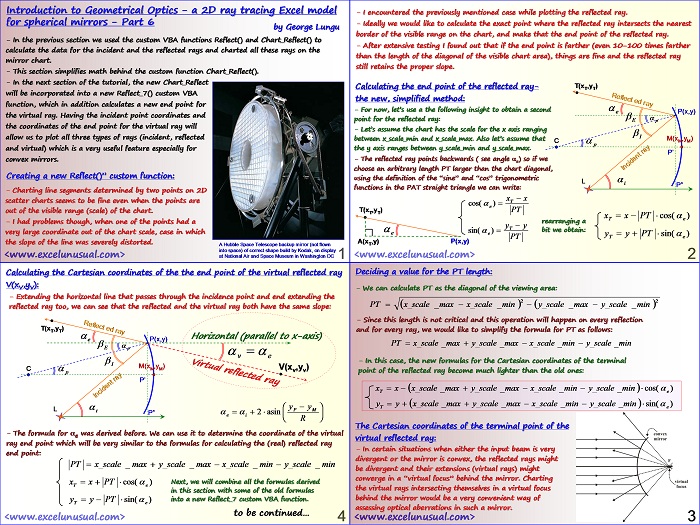Using autoshape freeforms is a very easy way to duplicate object outlines from pictures. It is convenient to create a freeform and once created, its vertices (points) can be edited with without difficulty. Aditional points can be inserted and others can be deleted. This is a tutorial about a series of macros which allow the extraction of freeform vertex coordiantes to a worksheet… Read More... "VertX – a Very Useful Macro for Extracting the Vertex Coordinates of Freeforms – part #1"


